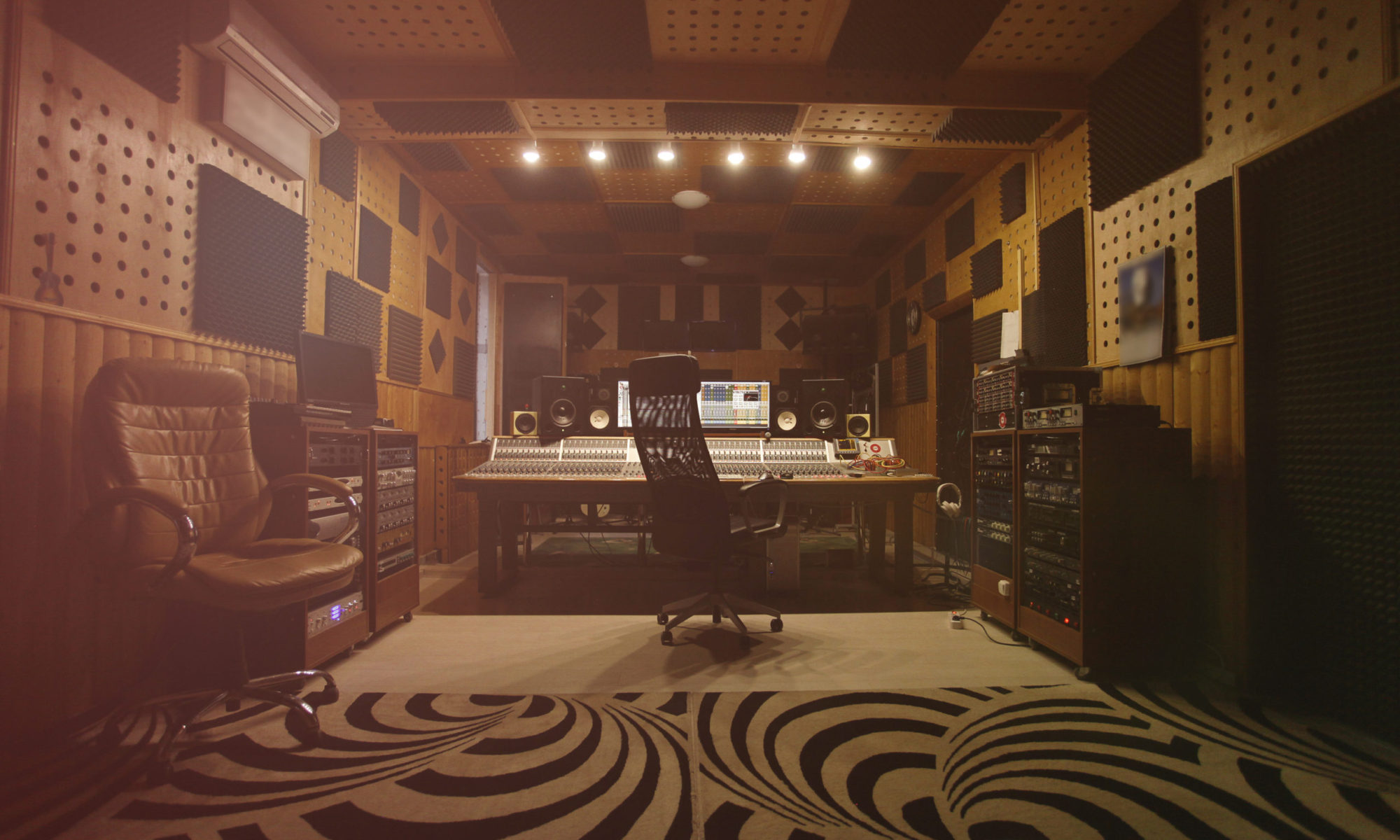“My motto is: try everything, life is short,” says John Dwyer, the leader of San Francisco garage rockers Thee Oh Sees. “We are growing at every turn. Every day you get a little older, a little closer to the grave – you should taste it all.”
A master of contemporary garage rock, he came into prominence as part of the fruitful San Francisco scene of the early 2000s. Since then Thee Oh Sees have rattled out 21 LPs of bewilderingly consistent quality, under various iterations of their name, and Dwyer has written, recorded and released another 20 albums with other collaborators, encompassing everything from industrial electronics to improvised jazz and death metal.
In a recent interview with Marc Maron, Dwyer talked of his love of Scott Walker and, in particular, a scene in the Walker documentary 30th Century Man when a percussionist is recorded punching a side of beef; Dwyer has similarly tried to master new sounds, be it a flute on Thee Oh Sees’ Dog Poison or electronic bagpipes on his most recent Damaged Bug LP. His career is full of examples of how to explore genres on a shoestring, too – there are projects that are just drums and vocals (the Drums) or a hefty death metal record squeezed out of three people (Dig That Body Up, It’s Alive). We asked him where to begin in his vast back catalogue.
Coachwhips – Bangers vs Fuckers (Narnack, 2003)
Coachwhips rewrote the punk aesthetic for the 21st century. Raw, stripped back to the bones of guitar, drums and keys, their shows were chaotic and rambunctious. Bangers vs Fuckers epitomises that, squeezing 11 tracks into 18 minutes, and was notable for Dwyer’s use of a telephone transducer rather than a microphone. “It was very simplistic and was meant to be bombastic and primitive,” Dwyer says. “Doing it the most direct path was key. The music was so abrasive and forward that no one would have noticed any of our innovation. It was a sort of as-much-as-you-can-squeeze-from-nothing aesthetic.”
OCS – 34 Reasons Why Life Goes on Without You (Tumult, 2003)
“This goes hand-in-hand with the amount of marijuana I was smoking at the time,” is Dwyer’s take on this early OCS material, a stunningly delicate collection of untitled tracks that marks the only time an acoustic guitar has been given prominence in one of his records.
Zeigenbock Kopf – IDM LP (KimoSciotic, 2002)
The first time Dwyer worked extensively with abrasive electronics was in his band Zeigenbock Kopf. The group aped German industrial to create an abrasive noise overlaid with homoerotic subject matter – the IDM of the title stands for “I dig men” and the cover featured Dwyer dressed as a leather daddy. “I got a lot of heat from this band,” he says. “We had a real mix of people who loved and hated it. I think it goes to show that not every idea is a good idea or needs to be a reality. I was much more into heavier drugs and beats and distorted electronics, so it felt perfect. I had this idea of doing a faux German band, and the leather daddy thing sort of fell into line with it.”
Sword & Sandals – Good & Plenty (Empty Cellar, 2010)
This project with Randy Sutherland and Shaun O’Dell wraps duelling saxophones around blistering percussion. “I love jazz and improvisation,” he says. “That band was real fun. We played a lot of shows in the woods, on the street, in art galleries and bookstores. Even today we have massive segments of improvisation in Thee Oh Sees, so why not [do it]? It would be boring otherwise.”
Damaged Bug – Bunker Funk (Castle Face, 2017)
With Thee Oh Sees constantly touring and recording, it is astounding that Dwyer finds time to work on his own Damaged Bug solo project, full of instrumental experiments (like the aforementioned bagpipes). “It’s my meditation – I love doing it,” Dwyer says. “I love to be consumed in art, whether it be my own or somebody else’s. I love Philip K Dick, Truman Capote, Flannery O’Connor, Peter Watts, Ben Wheatley, Stanley Kubrick, Peter Weir … the list could go on for days. I’m always working.” With that approach, it would not be a surprise to see 40 more releases over the next two decades.


